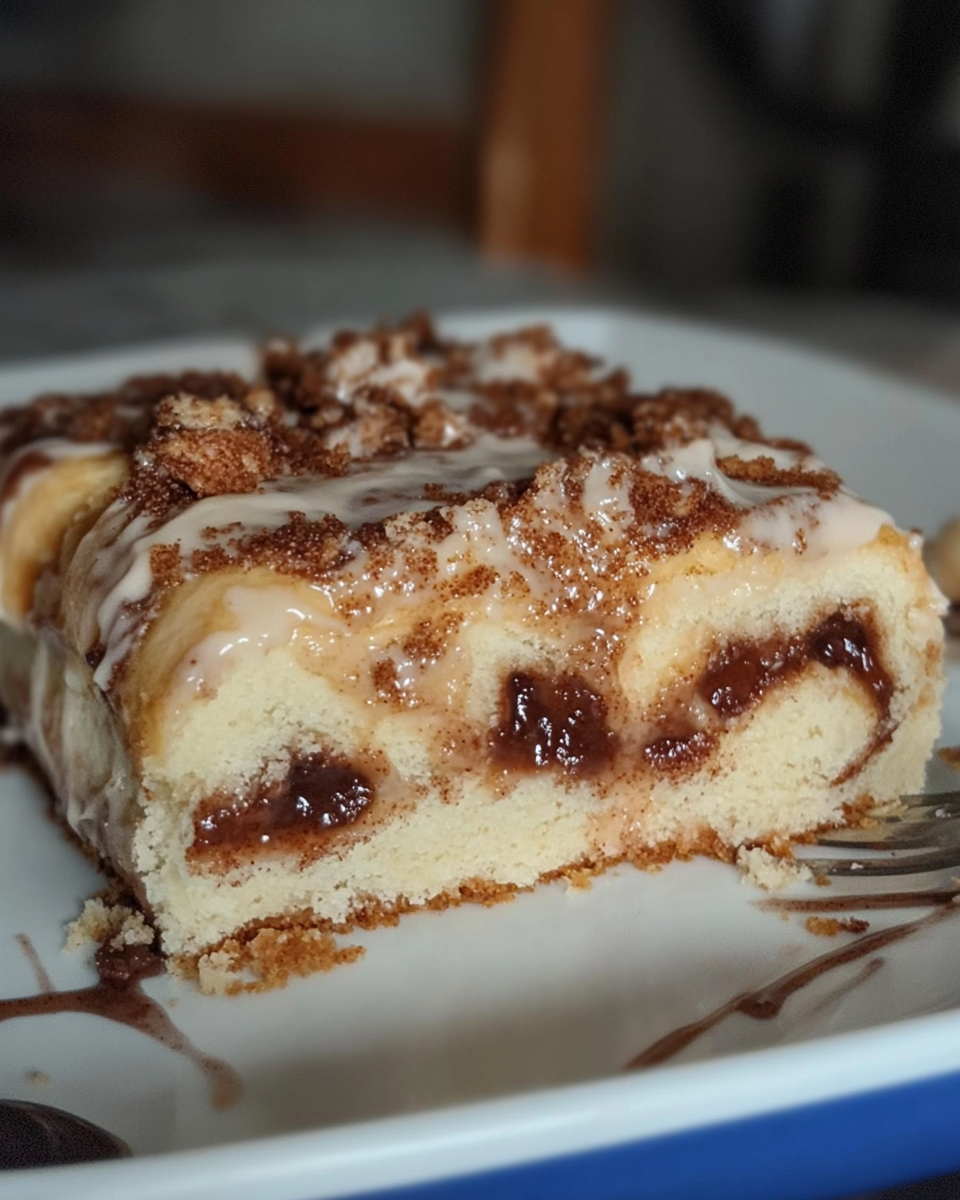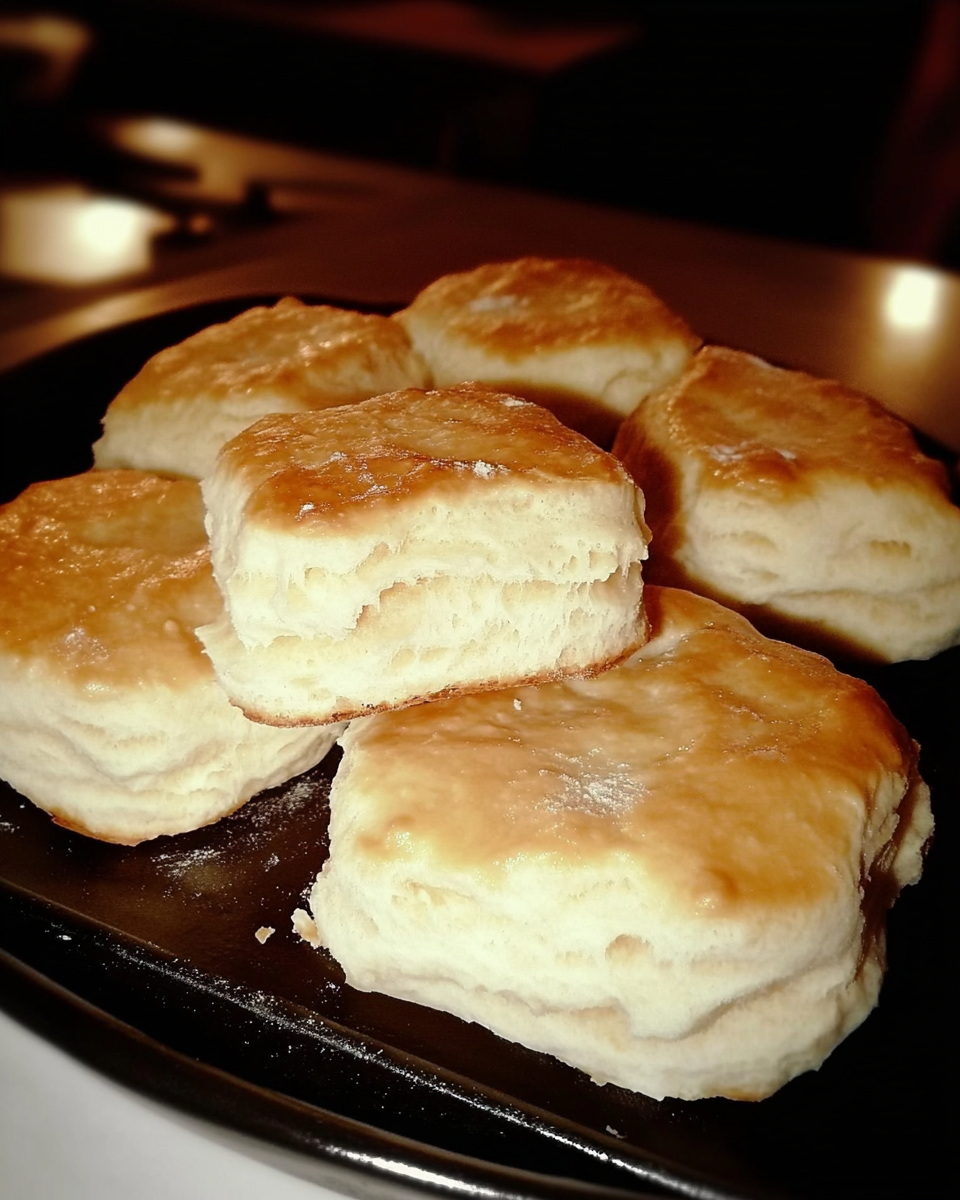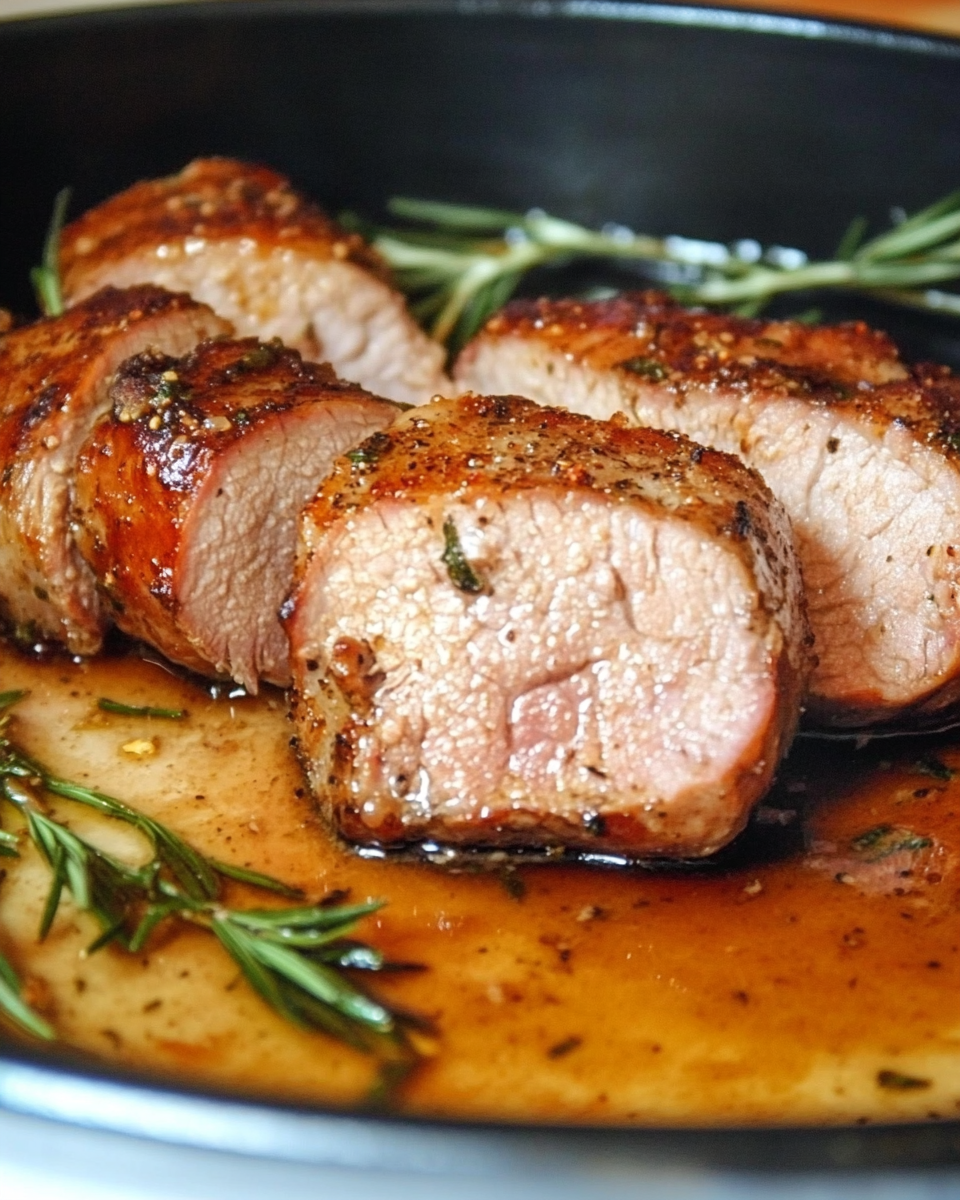Cinnabon Cinnamon Roll Cake: A Delicious Twist on a Classic Treat
Few things rival the taste of Cinnabon Cinnamon Rolls. The sweet, gooey cinnamon layers, paired with a rich frosting, make them a breakfast favorite. Now imagine transforming that flavor into a simple-to-make cake that brings the same indulgent experience without the hassle of individual rolls. Introducing the Cinnabon Cinnamon Roll Cake—perfect for family gatherings, weekend brunch, or a quick dessert fix.
Ingredients You’ll Need:
- All-purpose flour
- White sugar
- Butter (softened)
- Brown sugar (packed)
- Cinnamon (ground)
- Eggs
- Milk
- Vanilla extract
- Baking powder
- Salt
The rich combination of brown sugar and cinnamon is what gives this cake its signature Cinnabon taste. Be sure to use freshly ground cinnamon to elevate the flavors even further.
Step-by-Step Guide to Making the Perfect Cinnabon Cinnamon Roll Cake
- Prepare the Cake Batter
Start by combining flour, sugar, and baking powder in a mixing bowl. In a separate bowl, whisk together eggs, milk, and vanilla extract. Gradually incorporate the dry ingredients into the wet mixture. Add softened butter and mix until smooth. - Create the Cinnamon Swirl
Melt butter in a saucepan and mix it with brown sugar and cinnamon. Swirl this mixture into the cake batter by pouring half the batter into a prepared baking dish, then spooning in half of the cinnamon swirl. Repeat with the remaining batter and swirl. - Bake to Perfection
Preheat your oven to 350°F (175°C) and bake the cake for about 35-40 minutes or until a toothpick inserted in the center comes out clean. The aroma of cinnamon should fill your kitchen as the cake bakes. - Make the Cream Cheese Frosting (Optional)
For that signature Cinnabon flavor, mix together softened cream cheese, powdered sugar, butter, and a dash of vanilla extract. Spread this over the warm cake for a gooey, melt-in-your-mouth experience.
Variations and Tips
- Pecan Addition: If you’re a fan of nuts, add pecans to the cinnamon swirl mixture for extra crunch.
- Caramel Drizzle: Swap the cream cheese frosting for a homemade caramel drizzle.
- Apples: Add a layer of thinly sliced apples between the batter and the cinnamon swirl for a fall-inspired twist.
By following these tips, you’ll be able to adjust the recipe to your own tastes and preferences. These variations work well whether you’re serving this cake for brunch or as a comforting dessert.
Why You’ll Love Cinnabon Cinnamon Roll Cake
What makes this cake so special? Unlike traditional cinnamon rolls, which require a bit of patience for dough rising, this cake comes together quickly with minimal effort. It’s the ideal treat for when you crave the warm, sugary goodness of cinnamon rolls but don’t have the time for a lengthy preparation process.
- Ease of Preparation: It eliminates the need for kneading and rolling dough. The simple cake batter ensures that even a novice baker can create an impressive dessert.
- Flavor Explosion: The gooey layers of cinnamon and brown sugar, combined with the creamy frosting, deliver a flavor that’s nearly identical to the famous Cinnabon rolls.
- Versatile for All Occasions: Whether for a special breakfast, family gathering, or holiday treat, this cake is sure to impress.
Serving Suggestions
Pair this rich cake with a hot cup of coffee or a cold glass of milk. Serve it warm from the oven for maximum flavor and melt-in-your-mouth texture. To add an extra layer of indulgence, top it with a dollop of whipped cream or a scoop of vanilla ice cream.
FAQs About Cinnabon Cinnamon Roll Cake
1. Can I make this cake ahead of time?
Yes! You can make the cake a day in advance and store it in an airtight container. Reheat slices in the microwave for 10-15 seconds to restore the gooey cinnamon layers.
2. Can I freeze Cinnabon Cinnamon Roll Cake?
Absolutely. Wrap individual slices in plastic wrap and freeze for up to three months. Thaw and reheat before serving for best results.
3. What other toppings can I use if I don’t have cream cheese?
If you don’t have cream cheese on hand, a simple powdered sugar glaze works wonderfully. Mix powdered sugar with a little milk and drizzle over the cake for a light, sweet topping.
Internal Linking Opportunities
When crafting an SEO-friendly article, internal links can significantly boost both the user experience and search engine ranking. Here are some great internal linking opportunities for this recipe from ExoRecipes:
- “Ultimate Comfort Food: Crockpot Potato Soup with Hashbrowns”
Use as an anchor text: warm, comforting recipes
URL: Crockpot Potato Soup with Hashbrowns - “No Peek Beef Tips: The Ultimate Comfort Food”
Use as an anchor text: ultimate comfort food ideas
URL: No Peek Beef Tips - “Slow Cooker Magic: Crock Pot Baked Ziti”
Use as an anchor text: easy slow-cooker recipes
URL: Crock Pot Baked Ziti
External Linking Opportunities
Here are some external resources you can link to that complement the Cinnabon Cinnamon Roll Cake recipe:
- Anchor Text: “Cinnamon Roll Cake Recipe”
URL: AllRecipes Cinnamon Roll Cake
Reason: Reliable source for a similar recipe. - Anchor Text: “Homemade Cinnamon Roll Cake”
URL: The Recipe Critic’s Cinnamon Roll Cake
Reason: Another great external reference for a cinnamon roll cake recipe. - Anchor Text: “Cinnamon Roll Cake with Glaze”
URL: Gimme Some Oven Cinnamon Roll Cake
Reason: Offers additional recipe ideas and variations.
Storing and Reheating Instructions
- Storing: Once the cake cools, cover it with plastic wrap or store it in an airtight container at room temperature for up to two days.
- Freezing: Wrap individual portions in plastic wrap and store in the freezer for up to three months.
- Reheating: Reheat individual slices in the microwave for 15 seconds or in the oven at a low temperature until warmed through.
Conclusion
Cinnabon Cinnamon Roll Cake delivers all the indulgence of classic cinnamon rolls with less hassle and more versatility. From the gooey cinnamon swirl to the rich cream cheese frosting, every bite is packed with comforting flavors. Whether you make it for a weekend brunch or a special dessert, this cake is sure to be a crowd-pleaser.
By incorporating internal and external links, optimizing for SEO, and providing detailed instructions and variations, this article not only helps users recreate a delicious dessert but also drives traffic and improves engagement across your recipe platform.




